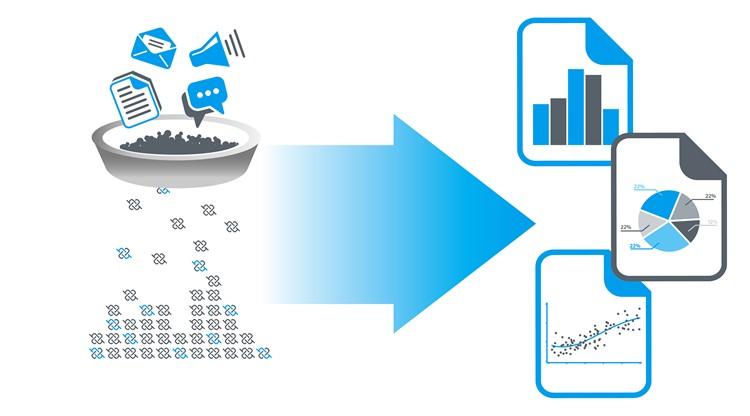What is BI? Business intelligence leverages software and services to transform data into actionable intelligence that informs an organization's strategic and tactical business decisions. BI tools access and analyze data sets and present analytical findings in reports, summaries, dashboards, graphs, charts and maps to provide users with detailed intelligence about the state of the business.

Often we hear different job titles such as business intelligence analyst or business analyst, so what is the difference between BI and BA? Business intelligence is also called descriptive analytics, in that it describes a past or current state. Compare that explanation of BI with the definition for business analytics (BA), a technology-aided process by which software analyzes data to predict what will happen (predictive analytics) or what could happen by taking a certain approach (prescriptive analytics). BA is also sometimes called advanced analytics.
Nowadays there is no more sampling errors and data is everywhere, but what can we do with it and how do we do? According to Harvard business review, only 48.4% of the fortune 1000 companies are achieving measurable results form their big data investments.

There are different type of business intelligence. The first is traditional or classic BI, where IT professionals use in-house transactional data to generate reports. The second is modern BI, where business users interact with agile, intuitive systems to analyze data more quickly. And there is also Self-service business intelligence (SSBI) that involves the business systems and data analytics that give business end-users access to an organization's information without direct It involvement.

Often we hear different job titles such as business intelligence analyst or business analyst, so what is the difference between BI and BA? Business intelligence is also called descriptive analytics, in that it describes a past or current state. Compare that explanation of BI with the definition for business analytics (BA), a technology-aided process by which software analyzes data to predict what will happen (predictive analytics) or what could happen by taking a certain approach (prescriptive analytics). BA is also sometimes called advanced analytics.
Nowadays there is no more sampling errors and data is everywhere, but what can we do with it and how do we do? According to Harvard business review, only 48.4% of the fortune 1000 companies are achieving measurable results form their big data investments.

There are different type of business intelligence. The first is traditional or classic BI, where IT professionals use in-house transactional data to generate reports. The second is modern BI, where business users interact with agile, intuitive systems to analyze data more quickly. And there is also Self-service business intelligence (SSBI) that involves the business systems and data analytics that give business end-users access to an organization's information without direct It involvement.
References
2. http://olap.com/learn-bi-olap/olap-bi-definitions/business-intelligence/
3. https://hbr.org/2017/04/how-companies-say-theyre-using-big-data

